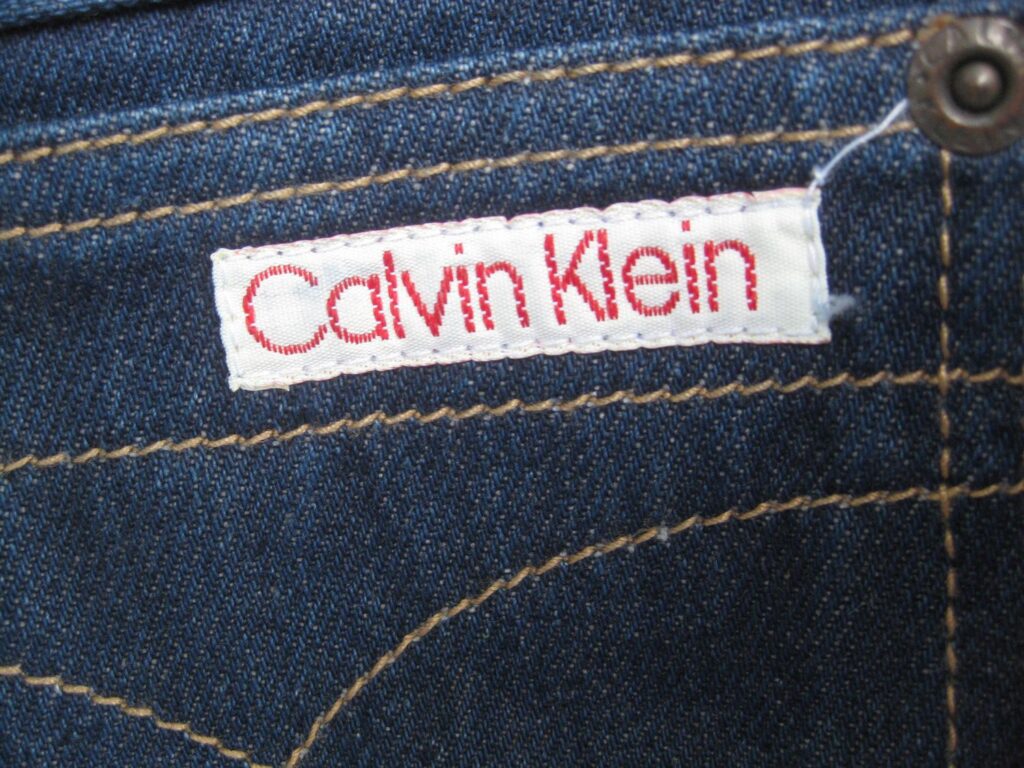The Bias Through the Hawthorne Effect

Hawthorne Effect is a psychological phenomenon that produces changes to behaviour and belief as a result of increased attention from superiors, experts or researchers.
In the 1920s, MIT and Harvard researchers explored the correlation between working conditions and productivity at Western Electric’s Hawthorne factory outside Chicago. To do so, they put several working circumstances to the test and asked employees if they should be implemented. Employees advised anything the researchers desired, the researchers claim.
When given the opportunity to try brighter lighting in the plant, employees’ productivity rose. Employees were polled on their thoughts about softer lighting, and as a result, productivity increased. Perplexed, the researchers repeated the study, gradually dimming the light, but volunteers remained loyal to whatever was asked, and productivity increased until the light was no brighter than moonlight! A second study corroborated the odd effect by polling employees on shorter and longer work hours. Again, employees suggested anything they were asked to propose.
The researchers eventually realised that what was going on had nothing to do with the topic they were polling individuals on and everything to do with the fact that they were polling them.
The Hawthorne Effect has plagued consumer research for over a century, biassing study outcomes towards the subject being studied. The Hawthorne Effect can be exceptionally strong in focus groups: after 90 minutes of involvement in a new product concept, participants frequently leave the group as fervent advocates for the topic on which they were asked for advice.
Examples
- Try using the Hawthorne Effect to get a raise to see for yourself how powerful it is. Rather than immediately asking your manager for the raise you undoubtedly deserve, first seek their input on something. What important is that you appear to be listening to them and then thanking them for their great comments. Then ask for a raise. As a result of the Hawthorne Effect, your supervisor is more likely to approve your salary raise request. As a result of your kindness and ego boost, people will feel subliminally obligated to give you their advice. They are more likely to comply with your requests due to their psychological dependence!
- This is a quick and easy way to enhance your company’s revenue. Create a consumer advisory board to receive feedback on your strategy, product, or marketing. Because you’re listening to what they have to say, you can make the Hawthorne Effect not only rapid but also cost-effective and scalable by doing it online. You’ll create an army of ‘promoters’ because you’re listening to what they have to say. Procter & Gamble has done this on an unparalleled scale in the B2C sector, recruiting more than 750,000 consumer advisors to their two online consumer advisory panels in the United States. Consumer counsellors are emailed regularly, with questions ranging from new product concepts to whether a blonde or brunette should appear in the next commercial. The panels provide knowledge, loyalty, and advocacy, and are said to increase sales by up to 30%!
- B2C content marketing can benefit from the Hawthorne Effect if it can be done at a large scale, such as asking customers to vote on the packaging. You are not selling a product or service when using Hawthorne Effect fueled content marketing, but rather attention and status. Allowing influencers to easily develop content for senior management, industry-leading teams, or even regulators is a better alternative to providing content for customers. Engage influencers as special advisers and ask them to test a new product for inclusion in a special report; this is the same influencer marketing reasoning as beta testing and seeding trials. Those who have egos that are inflated by this are more likely to be loyal and to advocate for a cause.

Modern Research Partially Disproves Theory
In 2009, Levit and List of Chicago University recovered and reanalyzed the original study data. The first conclusions may have been overblown, they discovered.
The workers’ increased productivity was not attributable to being watched. Moreover, many of the first statements were not backed up by facts.
After that, several other studies were conducted, but many of them failed to demonstrate the Hawthorne effect. Aside from the extra attention, other elements have been found to affect workers’ productivity.
While the above studies ruled out the Hawthorne effect, it influenced the results of a medical trial in 1978.
The researchers wanted to determine if cerebellar neurostimulators may help reduce motor dysfunction in juvenile cerebral palsy patients. They were given the neurostimulators for a set amount of time and the outcomes were recorded.
In response to a question about the new medication, all patients replied yes, stating it could alleviate their motor dysfunction. But quantitative studies found little evidence that the drug had reduced motor dysfunction.
The researchers discovered that more positive attention from doctors, nurses, and other medical personnel had a beneficial impact on the patients’ psychology, giving them the impression that their physical state had improved. The Hawthorne effect harmed the research trial.
Views on the Hawthorne Effect
The influence is viewed in several ways. Some believe the impact occurred, but others deny it.
Studies claim the effect only occurs in very small dosages and call it the “Placebo Effect.” According to some academics, this effect happens when experiment subjects subconsciously change their behaviour to fit the expected outcome of the trial.



